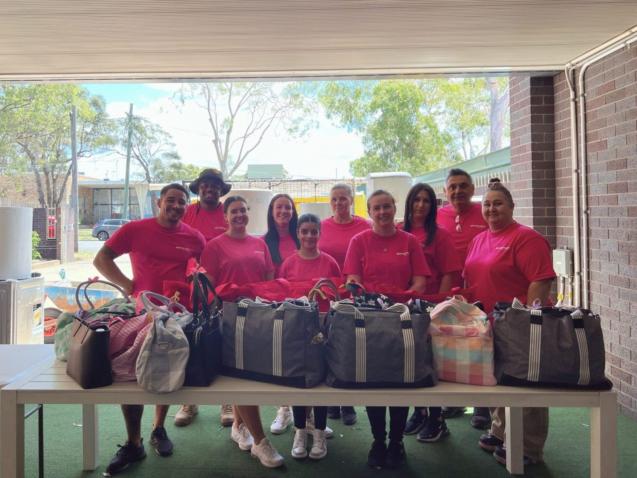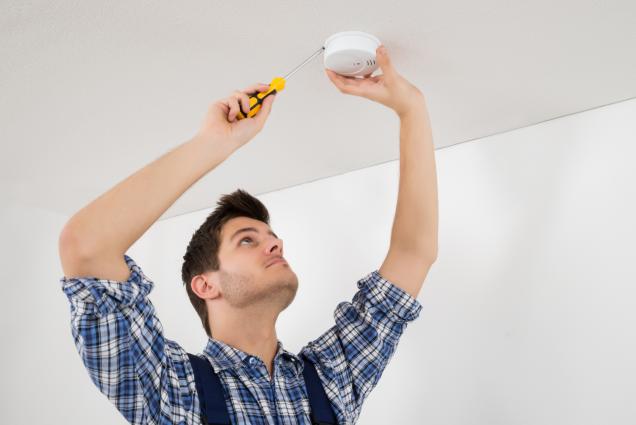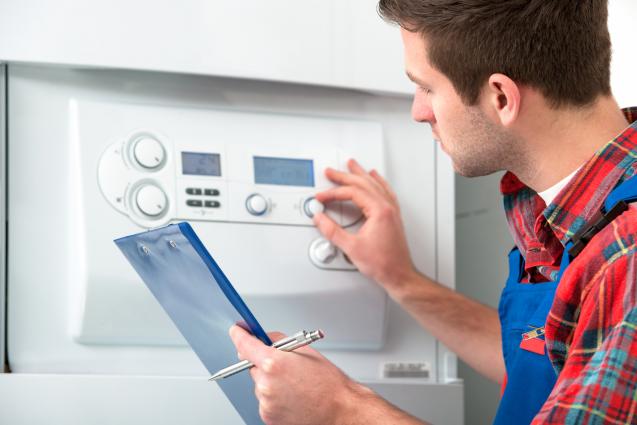
Power Outage SOS: Simple Steps to Stay Safe and Prepared
Understanding the implications of power outages is pivotal to negotiating them effectively. These outages can lead to adverse conditions such as loss of heating or cooling systems, perishable foods spoiling, and increased risk of accidents due to sudden darkness. Hence, being equipped with knowledge and resources in handling power outages can make all the difference during these systems failures. This comprehensive article aims to function as an informative and insightful licensed electrician's guide to surviving a power outage.
Recognise the Signs of a Power Outage
Power outages seldom occur without warning. You can often recognise the signs of a looming power outage. Flickering lights, waning strength of electrical appliances, or complete cessation of all electronic devices usually signify a potential blackout. This initial phase is known as a brownout, where the power supply fluctuates, sometimes dramatically, before cutting out completely.
If you suspect a brownout, the first step is to determine if the outage is only affecting your household, or if it is a more significant interruption in your local area. This verification can be done simply by checking if streetlights are working or if there's light in neighbouring houses.
Essential Tools for a Power Outage
Having a well-stocked and readily accessible emergency kit is absolutely crucial in managing a power outage effectively. This kit can be a lifesaver and should be prepared in advance. Must-have items for this kit include a sturdy flashlight, spare batteries, a comprehensive first aid kit, non-perishable food items, adequate bottled water, and a multi-tool handy for various basic repair purposes.
While these are primary items, depending on availability and specific family requirements, you may consider some other alternatives or additions. For instance, glow sticks or wind-up torches can function as great alternatives to battery-powered flashlights. For families with special needs, such as those with infants or older adults, tailoring the emergency kit to include baby formula or additional prescription medication is vital.
How to Safely Navigate Your Home During a Power Outage
When a power outage strikes, visual navigation within your home can become challenging. It's imperative to understand how to move around safely while minimising risk factors. Traditional lighting solutions such as candles may be useful, but these should be used with utmost caution to avoid the risk of fire.
Apart from ensuring you have adequate light, during a power outage, it's good practice to unplug your appliances to safeguard them from the potential destructive power surge when the electricity is restored. As for preoccupied food inside refrigerators and freezers, they can last longer during such situations if the doors are left closed as much as possible, curbing the interchange of warm and cold air.
Steps to Take When Power Returns
Witnessing power restoration does bring a sigh of relief, but it's crucial to be prudent and avoid rushing back to usual routines. There's always a possibility of power surges immediately after restoration, causing damage to electronic appliances. It's sensible to switch on devices and appliances one by one, taking short pauses to ensure stability.
Check thoroughly on your large electric appliances for any abnormalities or possible damage. Also, replenish or replace any utilised items from your emergency kit immediately. Remember, preparation is best done ahead of covet, and you don't want to be caught off guard if another power outage surfaces soon.
Importance of a Back-Up Plan
A backup power source can significantly ease the hardship of a power outage. Potential sources of backup power include options like generators, battery-powered inverters and solar chargers. Each of these presents distinct advantages and considerations, so it is worthwhile researching which would best cater to your specific needs.
Extended power outages might necessitate an evacuation plan. This plan should account for everyone in the household, including pets. Establishing an open line of communication with family, friends and neighbours acts as a valuable resource of information, aid, and moral support during long and possibly distressing power blackouts.
Conclusion
Power outages, though disruptive and potentially intimidating, can be managed effectively with sincere preparation and a calm approach. It's hoped that these comprehensive instructions, serving as a licensed electrician's guide, will prove beneficial and foster a sense of control, even in the face of unanticipated power failures. There's no better time than the present to start preparing for the unexpected. After all, the best safety lies in fearlessness, which in turn, is borne out of preparedness; a fundamental reminder that disruption need not always lead to despair.



